Walking in Hue, the city of regal memory
During my visit to Ninh Binh, Vietnam's oldest capital, I couldn't help but feel a tinge of disappointment as I realized that the residents of the province seemed to possess only the faintest inkling of their own rich historical heritage. However, Hue offered an entirely distinct encounter. As one meandered through the streets of its ancient citadels or paid homage at the ornate tombs of emperors long departed, the city's walls radiated an aura of bygone grandeur and reverence, as if whispering secrets from the annals of time.
The Citadel
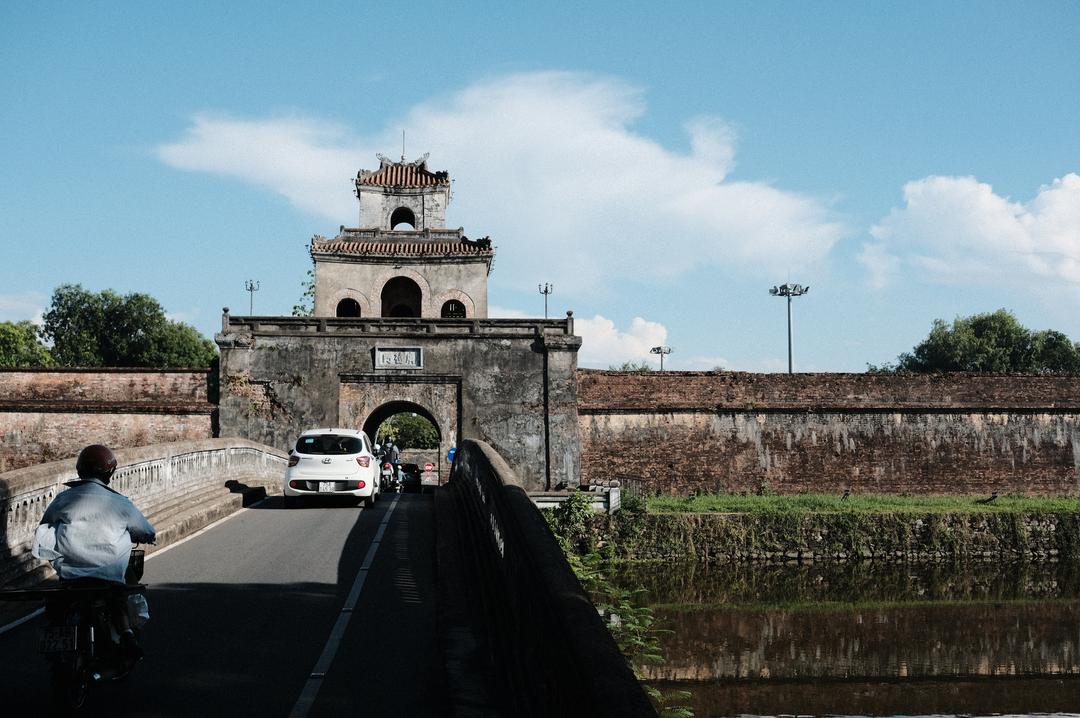

Imperial City
FH9H+M5R, Thành phố Huế, Thừa Thiên Huế, VietnamHue's historical tapestry unfurls over the course of five centuries, beginning with a remarkable exchange between the Champa kingdom and Vietnam. In a fateful barter, Hue was bestowed upon Vietnam in return for the hand of Princess Huyen Tran. Yet, the tale grows more intricate, for the princess, destined for sacrifice upon her Champa king husband's demise, was rescued by her father, coinciding with the incorporation of this Champa land into Vietnam's territory. This momentous event expanded Vietnam's sphere of influence in the region.

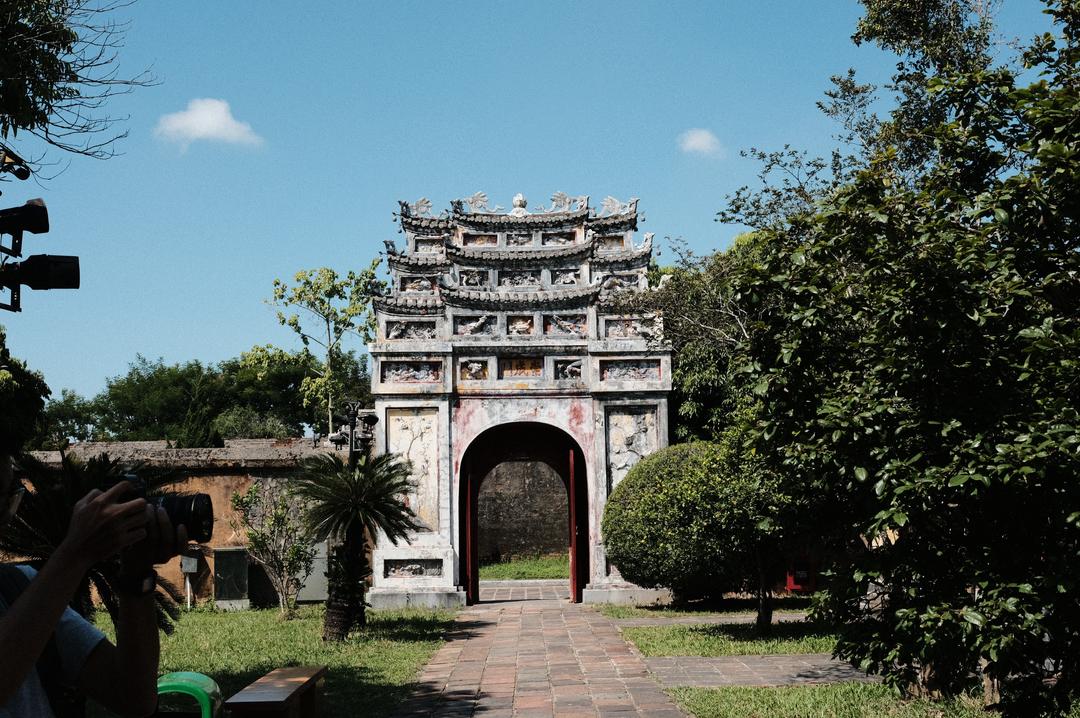
Soon, this province transformed into a formidable bastion for the Nguyen Lords, embroiled in a relentless struggle against their adversaries, the Trinh Lords. Over the span of centuries, these rival clans engaged in an unending conflict, alternating between victories and defeats. In effect, this strip of land became two distinct states, both nominally under the reign of the Le dynasty's emperor, a figurehead devoid of political power. This monarch resided under the ostensible protection of the Trinh Lord, who, interestingly, established his court in Dong Kinh (known as Hanoi today).
Meanwhile, the Nguyen Lords fortified their presence in Phu Xuan, Hue, extending their influence southward. They gradually encroached upon the diminishing Champa kingdom, which eventually crumbled, losing its territory, populace, and national treasures to the Nguyen clan. In time, the Champa kingdom faded into the annals of history, nearly eradicated from the Earth's memory.

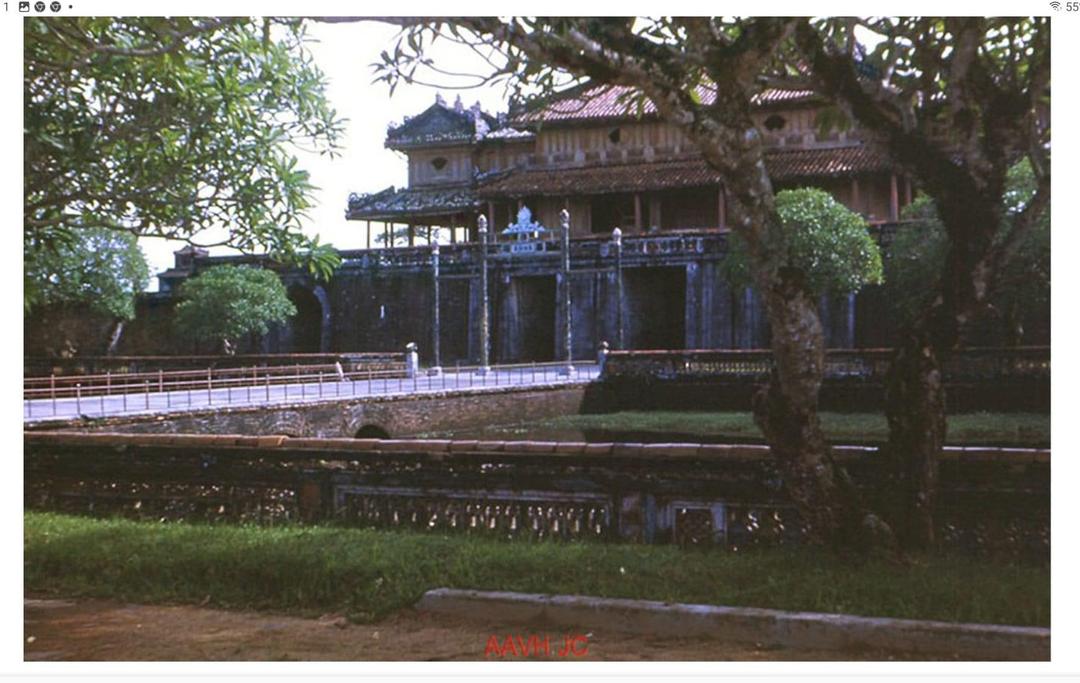
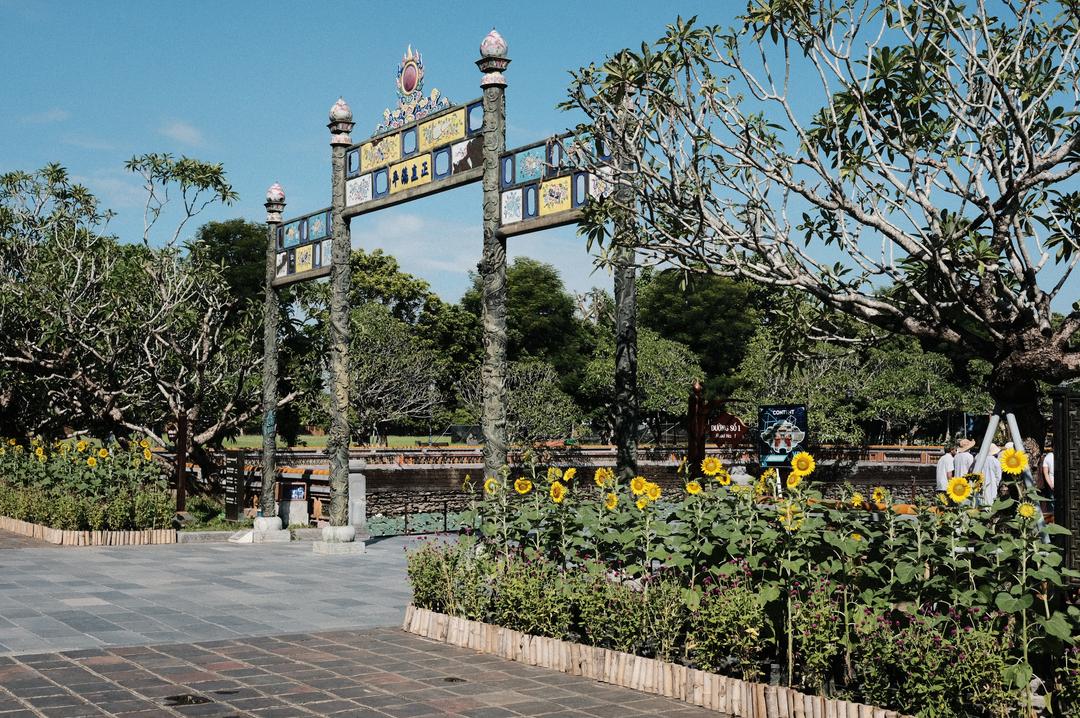
In the last two centuries, Vietnam—then officially known as such for a brief period before adopting the name Dai Nam, meaning "Great South," until the arrival of the French, who would rechristen it as An Nam, signifying "Pacificated South"—bore witness to the remarkable ascent of Hue. During this era, Hue ascended to become the preeminent center of culture, refinement, and regality, setting an unsurpassed standard for Vietnamese cities. It stood as a bastion of fortitude, the residence of emperors who ruled from its opulent precincts.
Unlike Hanoi and Saigon, where the march of modernity obliterated many traces of classical architecture and ethos, Hue retained its timeless classical essence until the reign of Bao Dai, the last emperor of Vietnam, who ultimately abdicated. Thus, Hue remained the embodiment of classical Vietnam, a living testament to a bygone era, where tradition and grandeur coexisted in harmonious splendor.
The tombs
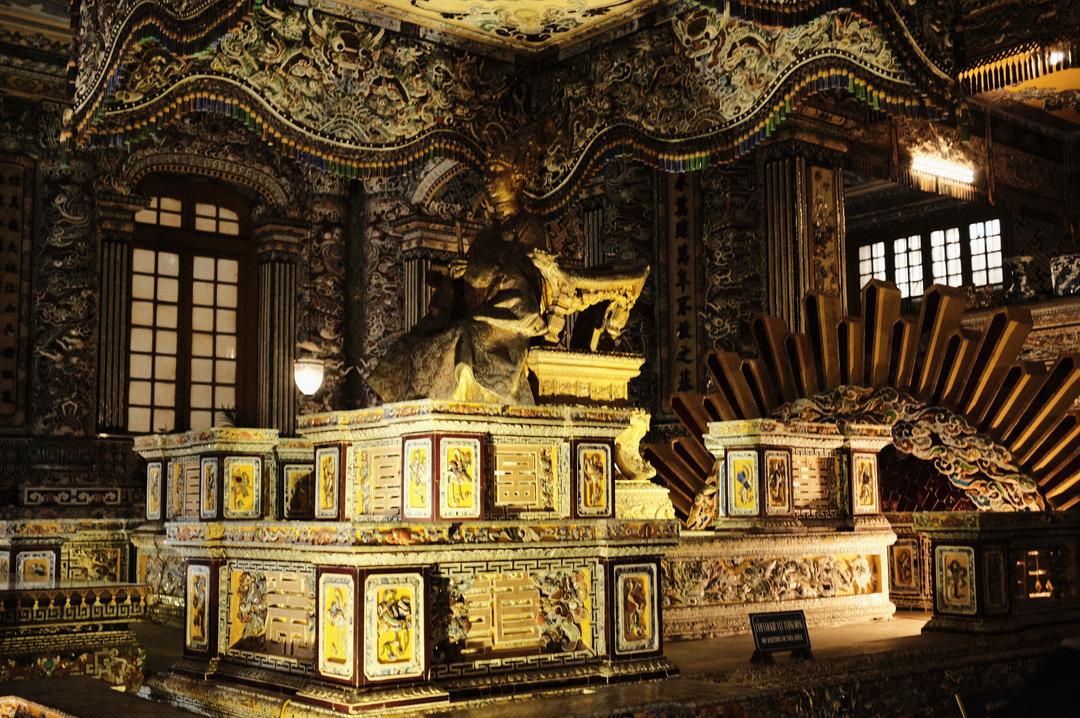
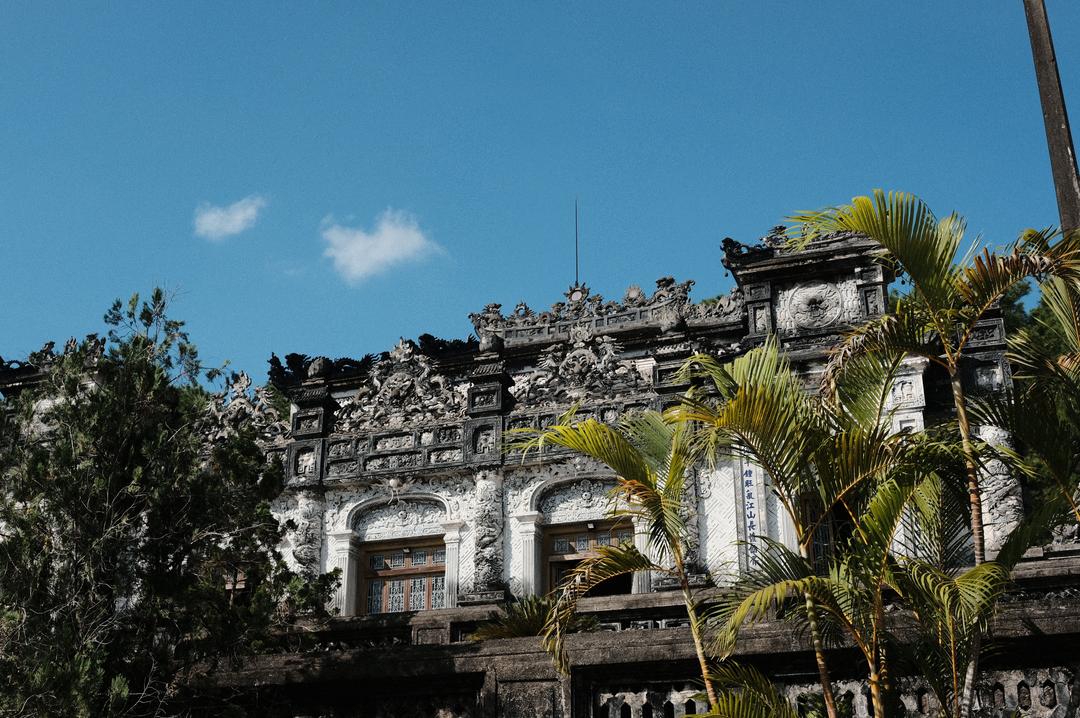
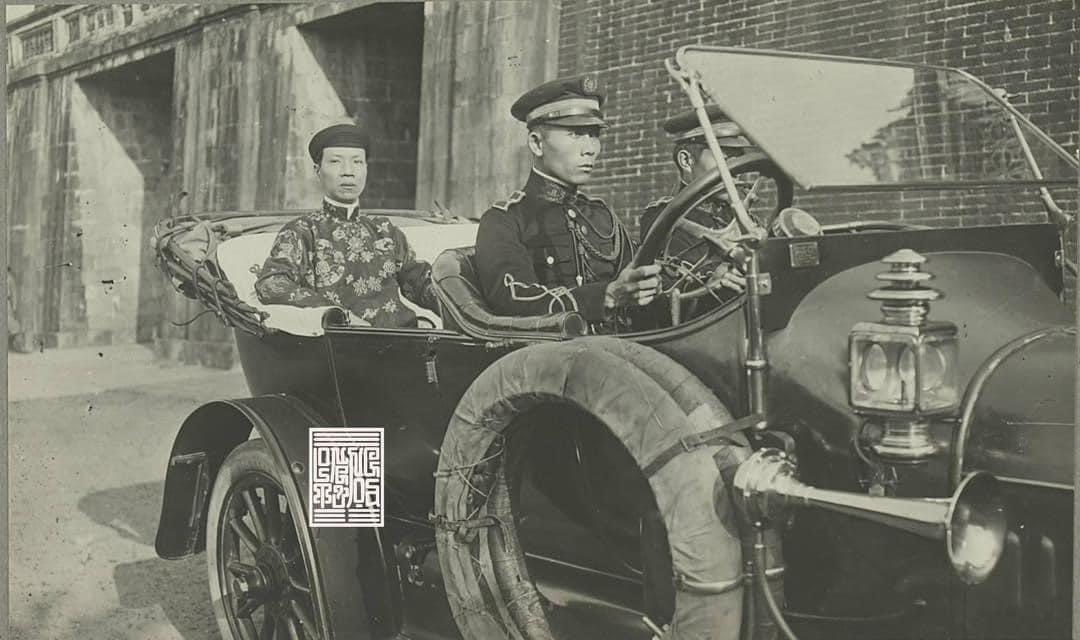
Khai Dinh Emperor
Mausoleum of Emperor Khai Dinh
9HXR+J49, Khải Định, Thủy Bằng, Hương Thủy, Thừa Thiên Huế 530000, Vietnam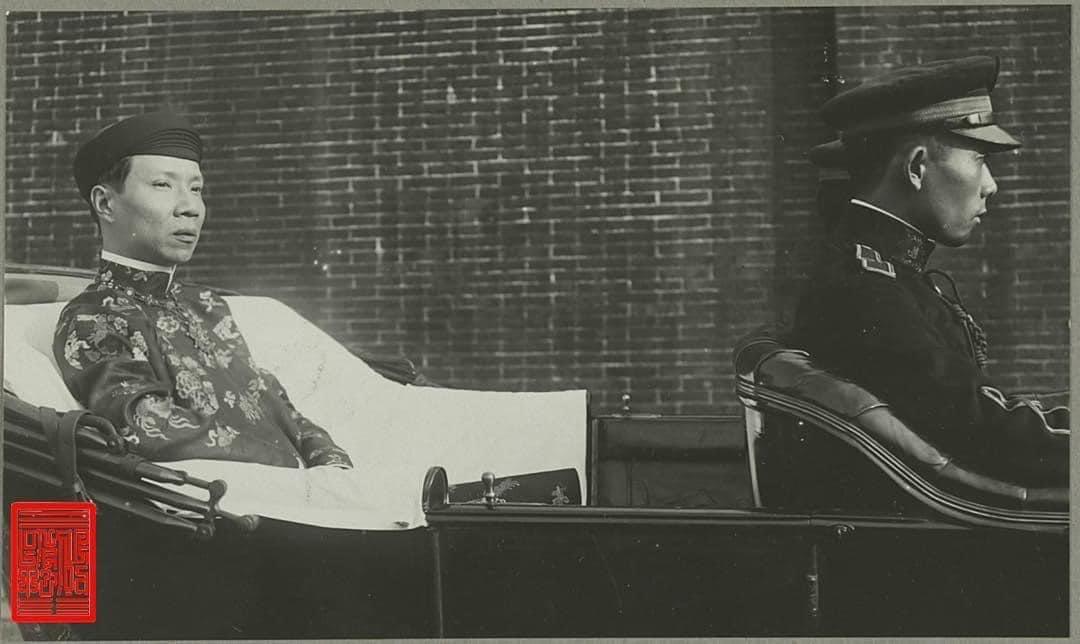
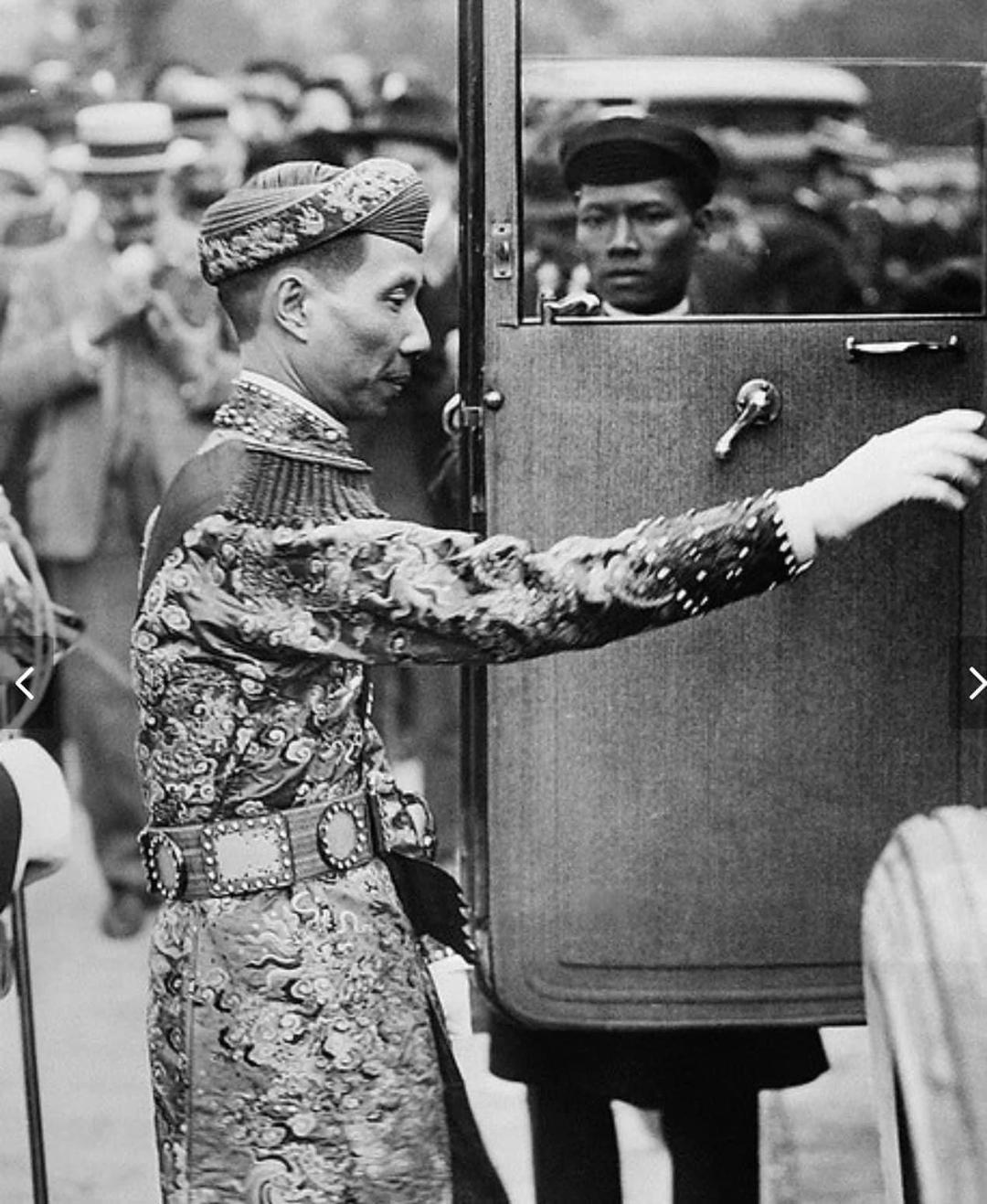
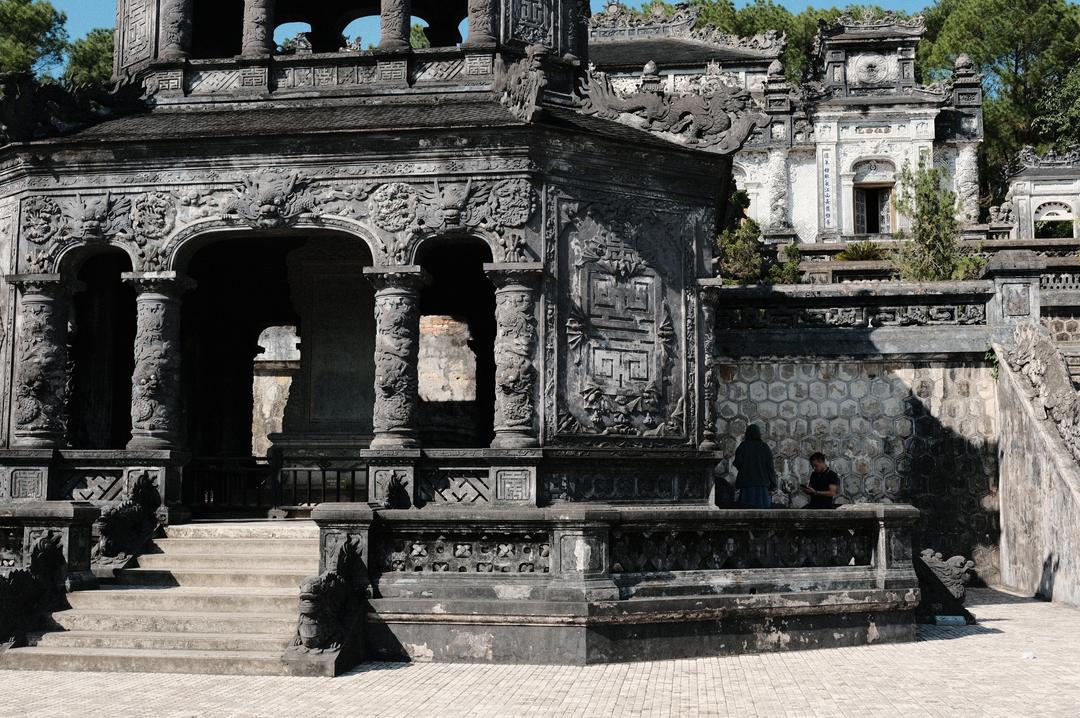
The tombs themselves stand as classical exemplars of preserving an emperor's enduring influence even beyond the veil of mortality. These sepulchers are not mere monuments to death; rather, they encapsulate the architectural embodiment of the emperors themselves. Each tomb is a manifestation of imperial personality, for these emperors took a personal interest in their final resting places, even making occasional visits during their lifetimes.
Indeed, the personalities etched into these tombs vary distinctly from one another. Among them, the most renowned are the Khai Dinh Tomb and the Tu Duc Tomb, both remarkable for their intricate architectural finesse.
Khai Dinh, a ruler who bore witness to the zenith of modernity, embarked on an official regal visit to France and held a penchant for adorning himself in French-style regalia. His tomb beautifully mirrors these proclivities. Interestingly, Khai Dinh's final resting place is meticulously documented, residing deep within a marble sepulcher, in contrast to other emperors whose burial sites remain shrouded in secrecy, guarded against desecration.
Conversely, Tu Duc's tomb exudes tranquility, a classical, Eastern aesthetic. Nestled amidst lush foliage and encompassing a serene pond, it evokes the ambiance of a prosperous manor in the heart of Hue.
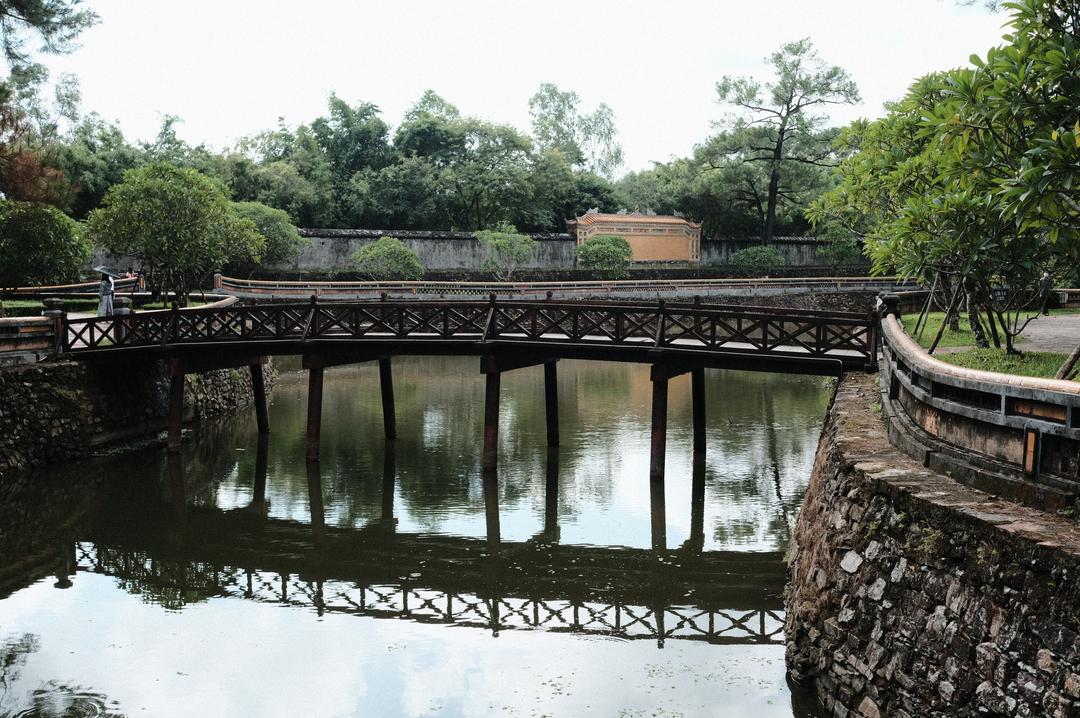

Some photos of old women, who used to be wifes, servants of the passed emperor living inside his tomb, taking care of his last home

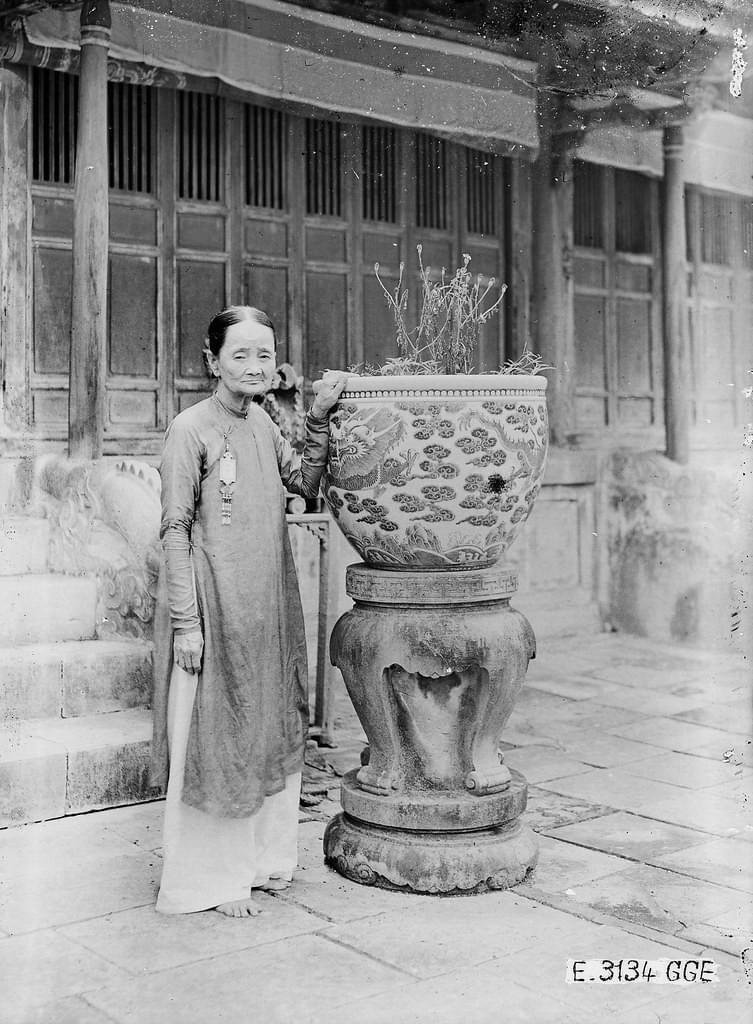


Mausoleum of Emperor Tu Duc
CHM8+749, Cầu Đông Ba, thôn Thượng, Thành phố Huế, Thừa Thiên Huế, VietnamThe Street and its population
As you traverse the streets of this city, one cannot help but be enveloped in an aura of regal elegance, where classical influences permeate every nook and cranny. Culinary traditions, too, pay homage to the legacy of emperors, offering dishes reminiscent of the imperial table. These delectable creations are served in modest portions, often presented in exquisite porcelain bowls and dishes, many of which draw inspiration from the emperor's own kitchens.
Remarkably, the city still observes the commemoration of historical occasions, despite the absence of a reigning royal family. These celebrations serve as a testament to the enduring memories of a populace that once dwelled closest to the heart of the royal court, intimately intertwined with the cultural tapestry of classical Vietnam.

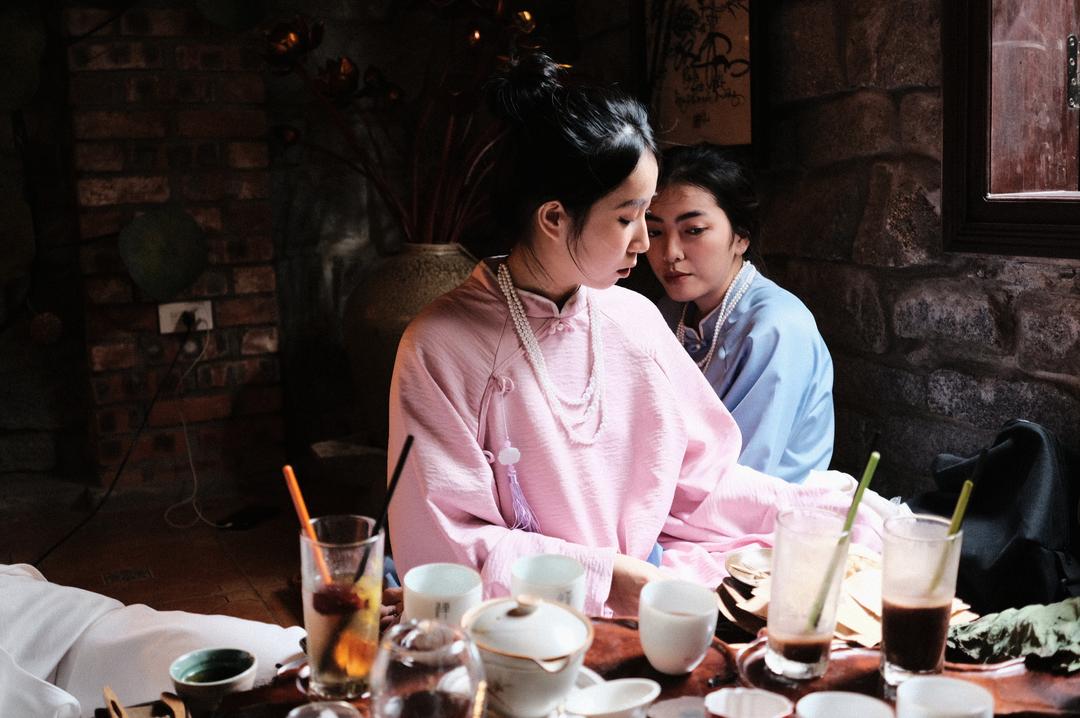

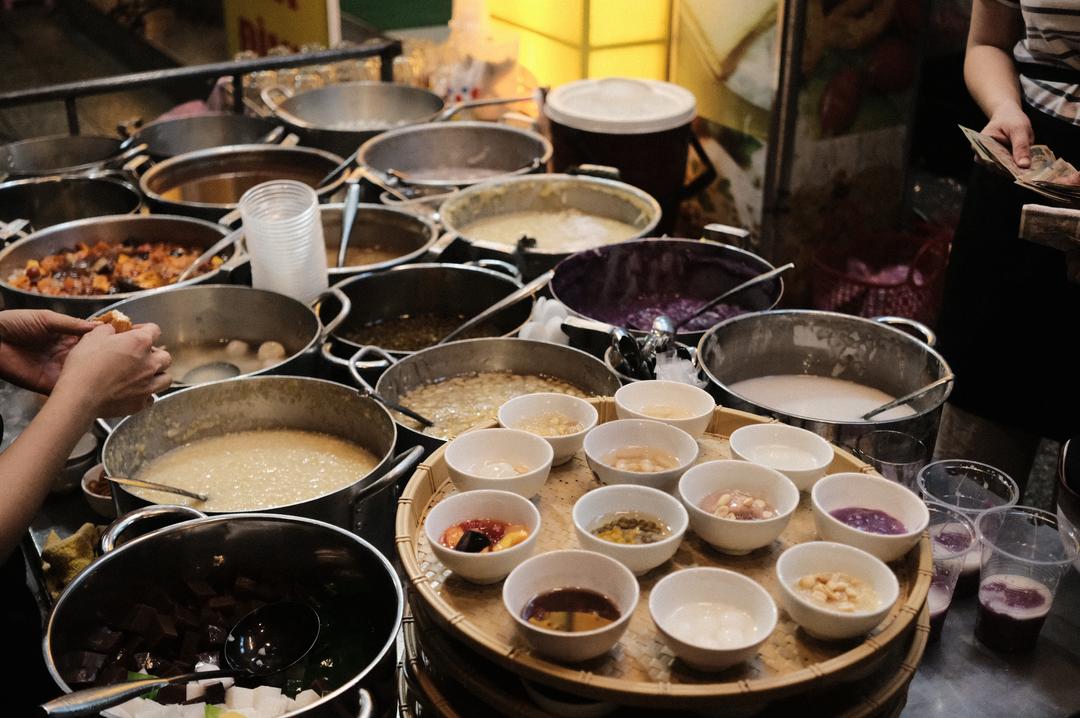
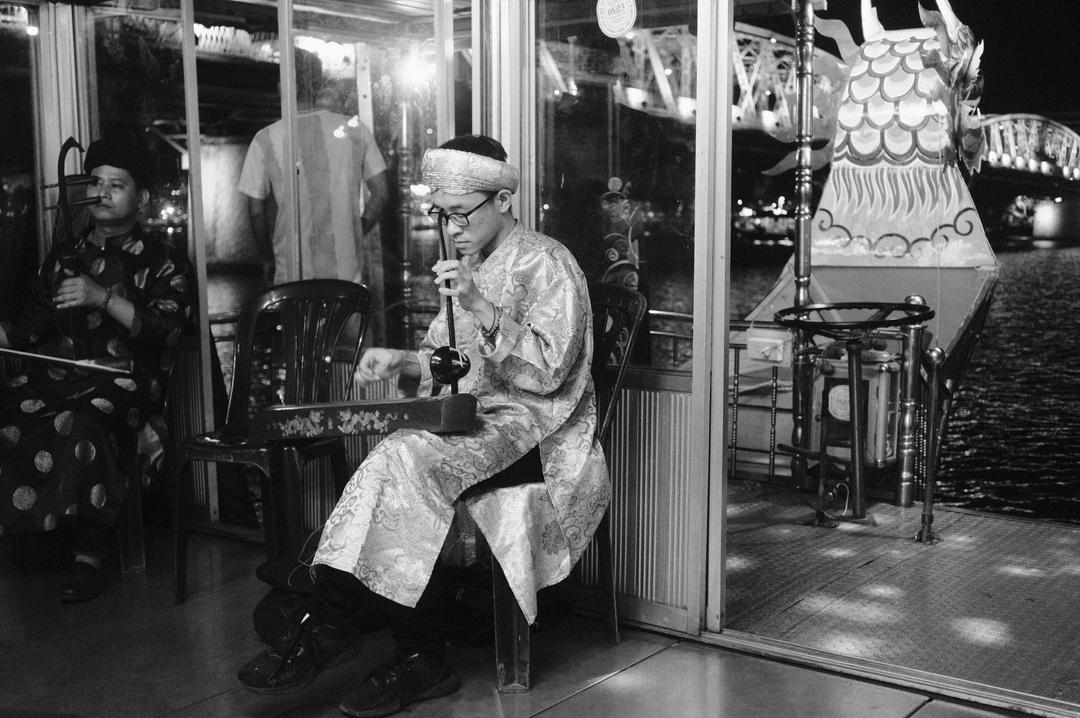

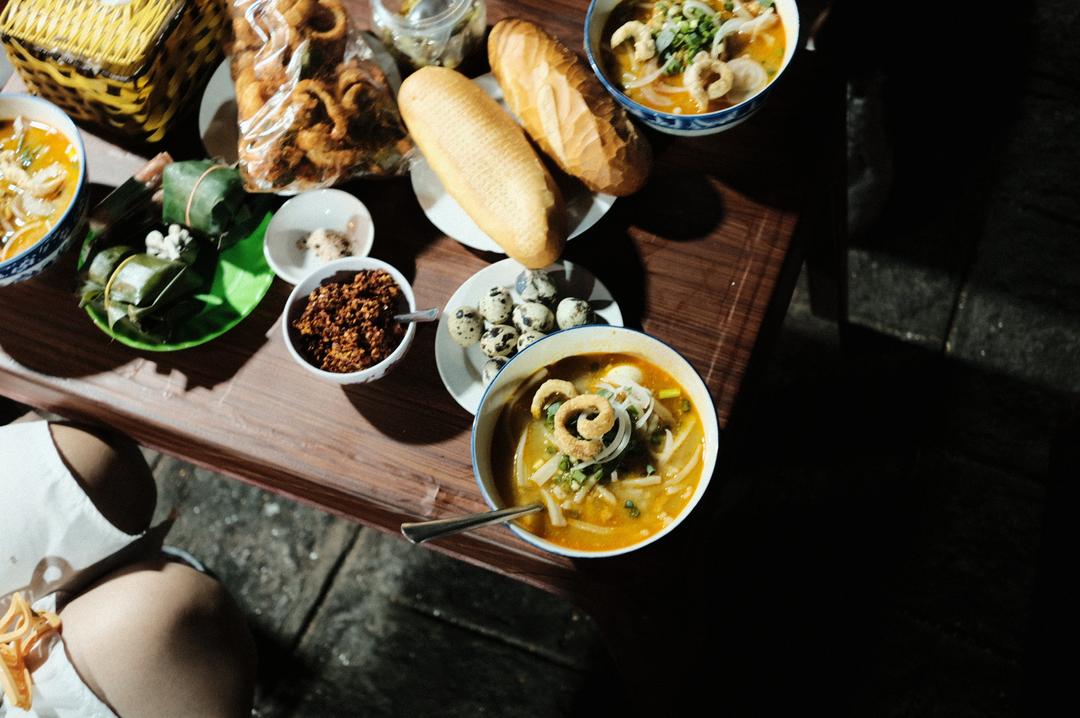
Have Story To Share?
Blog with Trip.Social
Reach new audiences and maximize your potential.